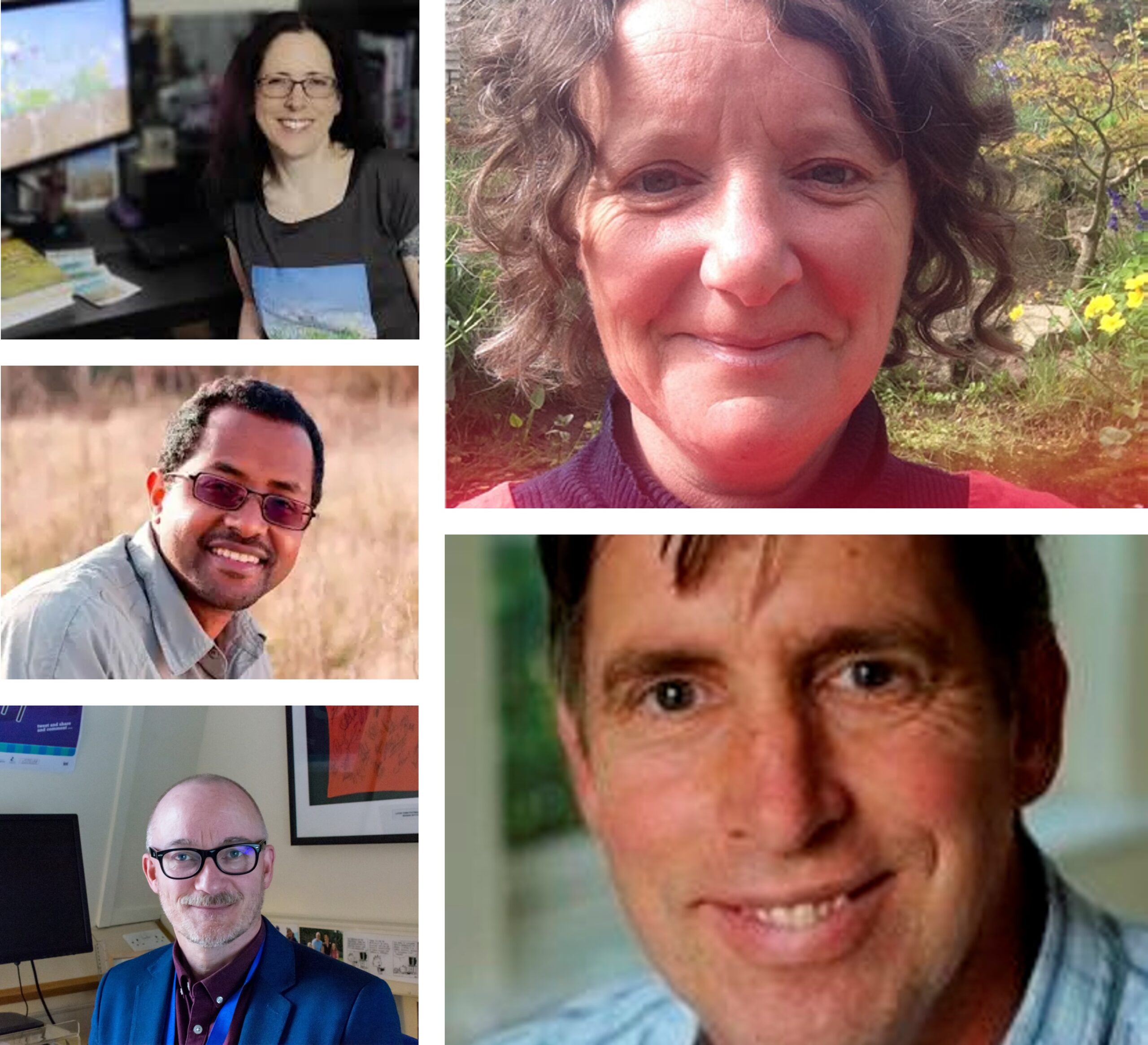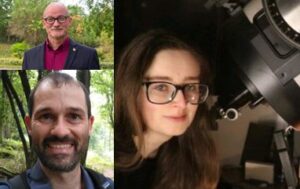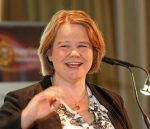Denbigh students and teachers have helped to inform future priorities for floodplain-meadows research.

Members of the Mitti Matters Team. L-R, Vicky Bowskill, Emma Rothero, Yoseph Araya, David Gowing and Richard Holliman, The Open University, UK.
Why did we engage with students and teachers from Denbigh School?
The Natural Environment Research Council, also known as NERC, funded staff from the Open University to work with practitioners, community groups and local schools, to explore an aspect of green infrastructure, floodplain-meadows research.
The project is called ‘Mitti’ Matters. ‘Mitti’ (मिट्टी), Geeta Ludhra identified this key concept during the early stages of the project. Mitti is the Panjabi word for soil. Geeta Ludhra explains the significance of mitti in more detail in this post.









